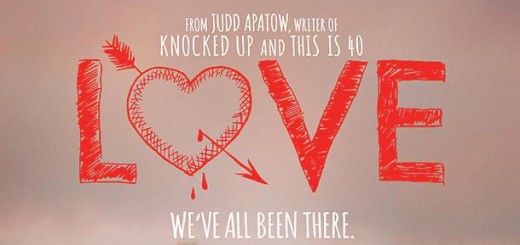ANNE WITH AN “E” Review
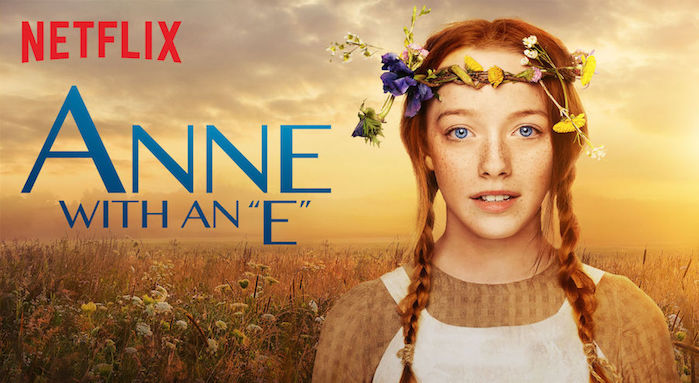
For those who are unaware, ANNE OF GREEN GABLES is the most Canadian thing to ever Canada in Canada. CBC’s ANNE (known outside Canada as ANNE WITH AN “E”) recently debuted on Netflix and there were a lot of feelings to be had. To say the character of Anne Shirley is beloved would be an understatement. The original novel was written in 1908 by Canadian author Lucy Maud Montgomery, and has spawned more sequels and adaptations than one can count. It’s safe to say that people go nuts for this redheaded orphan girl. And to prevent any confusion—I’m talking about the freckle-faced parentless child that came first.
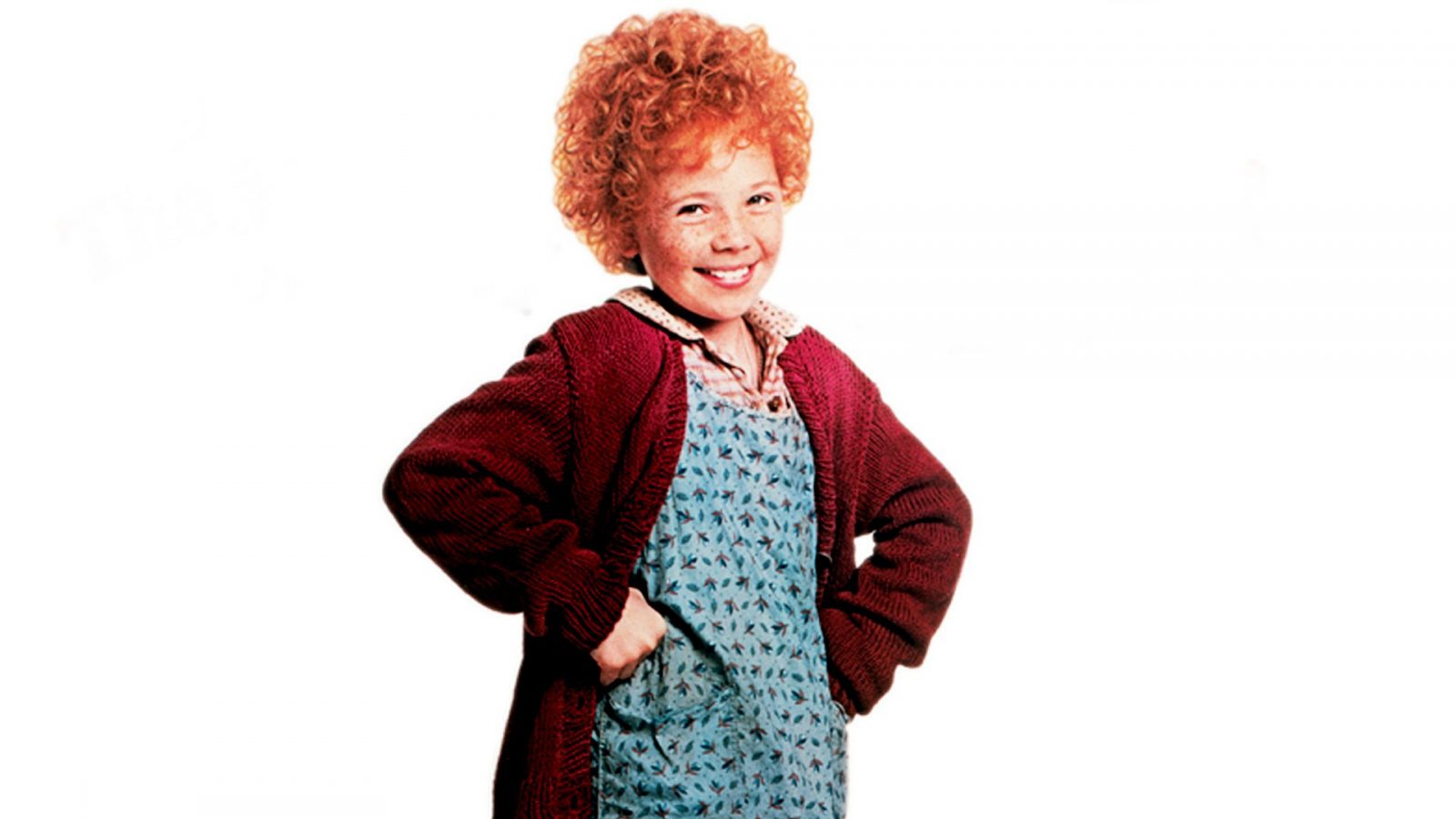
Not you, Annie! The OTHER redheaded orphan girl. Get out of here!
As with most of the adaptations of the treasured novel, the premise here remains unchanged. Set in Prince Edward Island in the 1890s, elderly siblings Marilla and Matthew Cuthbert send for a boy from the orphanage to help with farm work. When they receive Anne by mistake, they reluctantly keep her, but with time, grow to love the deeply imaginative and passionate young girl.
I should mention that I did not grow up with this story in the same way that many other Canadian children did. It’s likely due to the fact that my parents are immigrants, or maybe just because my mother was much more fond of JANE EYRE. Nevertheless, I began watching the series with no biases whatsoever, and no fear that this show would ruin my childhood. It should be known, however, that CBC’s 1985 ANNE OF GREEN GABLES miniseries is widely believed to be the best retelling of the classic story, and packs more nostalgia than a drive-in theater. Some may say that creating another version of Anne’s story is redundant at this point, but ANNE WITH AN “E” has some unique qualities that set it apart from previous TV adaptations and allow it to hold its own as a standalone piece.
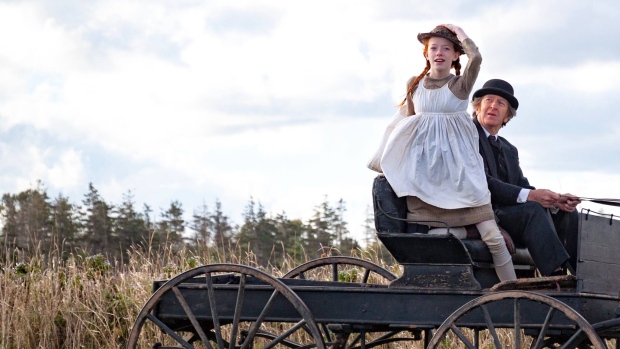
“This is so not the boy we ordered…”
The seven episode series was written by award-winning BREAKING BAD writer Moira Walley-Beckett. What Walley-Beckett brings is a darker-than-expected tone to the children’s tale. The 88-minute premiere episode starts off with a 13-year-old Anne being picked up by her new guardian Matthew at the train station. Shy Matthew neglects to tell her that they were expecting a boy. Or maybe he doesn’t tell her because he can’t get a word in—boy, can this orphan talk. Honestly it’s a little irritating at first listening to Anne ramble on about every little thing, and then constantly apologize for it (and we’re in Canada, so that’s sorry with a long “o”). But the viewer slowly learns that although Anne is vibrant and free spirited, she is definitely not a happy-go-lucky girl. She suffers from PTSD and is frequently thrown into flashbacks of her dark past, giving us a reminder that being an orphan in the late 1800s was no cake walk.
Subsequent episodes show her difficulties settling in with the Cuthberts at Green Gables farm. We see Anne get teased by the neighbor for being skinny and ugly, teased by her classmates for being a carrot-headed orphan, and teased by her teacher for being a loudmouth know-it-all. Honestly this girl can’t catch a break! But eventually, the residents of the town of Avonlea begin to warm up to Anne. She forges a strong friendship with her new best friend Diana Barry. She learns to respect her classroom rival Gilbert Blythe after he loses his father. And as certain tragedies and hardships strike the town, Anne is often the one to save the day.
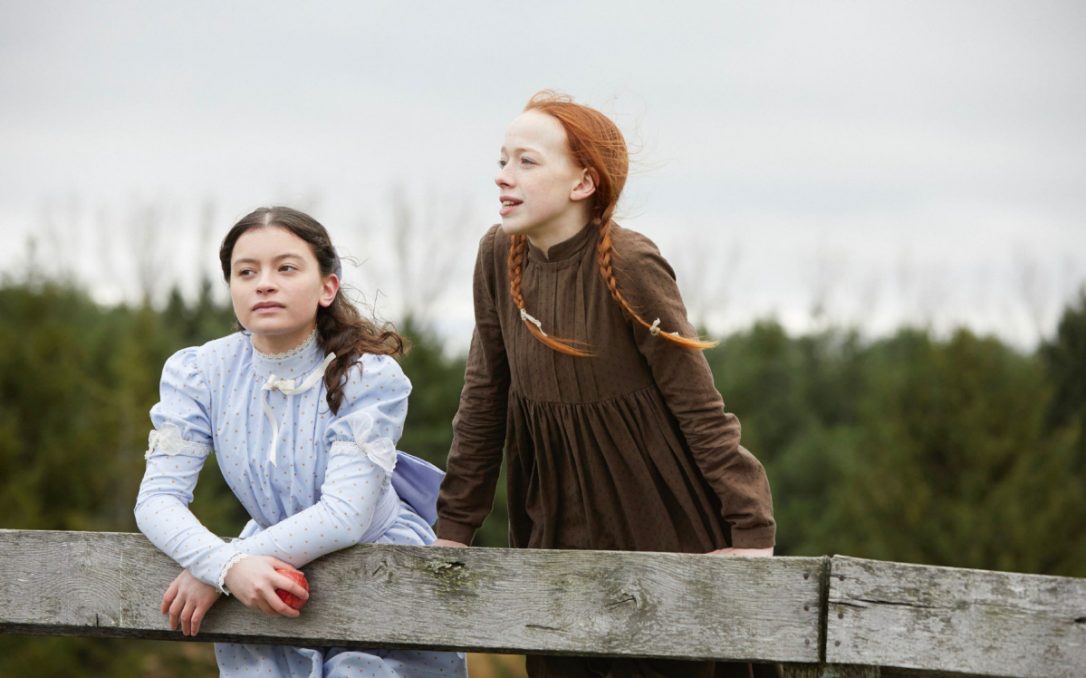
“This town would fall apart without me Diana. I’m sure of it”
I will admit that it takes a little while for this show to get going. The character of Anne is not immediately loveable. She talks way too much and her vocabulary is pretentious. She is constantly complaining about how ugly, skinny, and redheaded she is. She is stubborn and short-tempered. But she really grows on you. You see the troubled past she comes from, and you realize that her overwhelming imagination is a safe haven from the harsh reality she has lived through. At first, the pull for sympathy is a little heavy-handed. But by episode two I wanted so badly for this girl to love and be loved. It was around this time that someone must have started chopping onions in my room because there was a salty fluid coming out of my eyes.
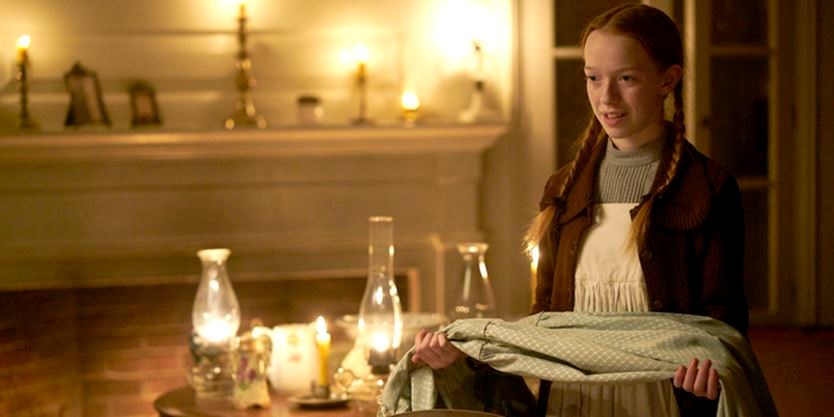
“A towel for your tears?”
There is some outstanding acting in this series. Amybeth McNulty really shines as Anne. There’s nothing sickly sweet or cartoon-like about her. Her portrayal of Anne is awkward and brash and often uncomfortable, but as such, is a timeless image of what it’s like to be a preteen girl. Also worth mentioning is Geraldine James and R.H. Thomson as the Cuthberts, who tug at your heartstrings as they form a bond with their new daughter. Unfortunately, the same can’t be said for everyone on the show. There are a couple supporting actors who do not represent the time period very well, taking the viewer out of the world every now and then. Another iffy element of the show is its flashbacks. Though useful for conveying the darker tone of the series and revealing elements of the characters’ pasts, they don’t occur enough to be justified. All of Anne’s flashbacks occur in the first three episodes. In the second half of the season we get a couple Cuthbert flashbacks, but that’s it. The device is a little too inconsistent for it to work.
One quality that is quite successful, however, is Walley-Beckett’s ability to write this story through a contemporary feminist lens. I was amazed by how much certain moments in this show reminded me of my own life. In episode five, Anne gets her first period and deals with all the unanticipated changes that come with that: the mood swings, the fear of an unfortunate accident in class, the reluctance to enter womanhood. There is also a brilliant depiction of female friendship between Anne and her best friend Diana, showing how profound the bond between two young women can be. Of course this show isn’t a perfect image of progressivism—it’s set in a farm town in 1890 for crying out loud—but it does well in making such an old story so relevant for right now.
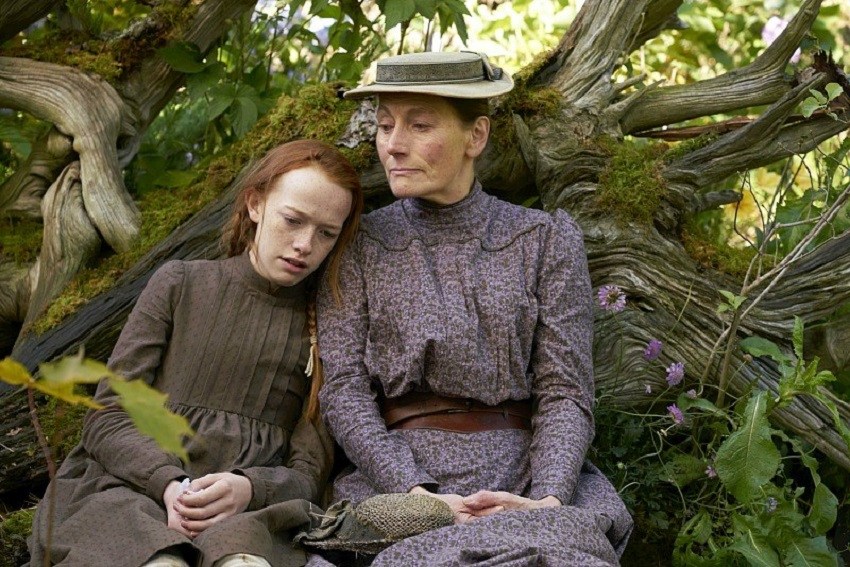
Yay for complex female characters!
The show oozes with themes of love, loss, and acceptance, and if you’re willing to power through the bumpy and lengthy first episode, these characters will likely grow on you even if you’ve never experienced a telling of ANNE OF GREEN GABLES before. It’s definitely not for kids, and likely does not have the same lighthearted spirit and charm that die-hard Anne Shirley fans are used to. But if you’re looking for a well-executed period piece with a bit of an edge, you might be into this.
Verdict: Recommend

